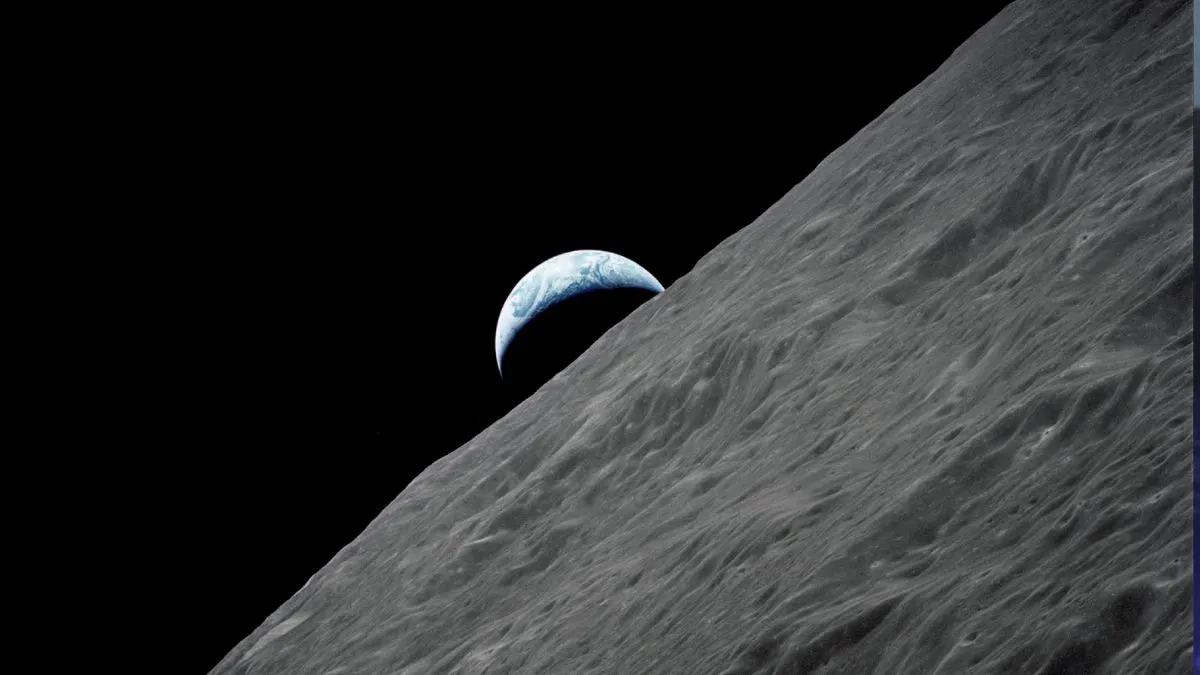NASA is accelerating plans to build and deploy a nuclear reactor on the Moon by 2030, marking a major step toward establishing a permanent human presence beyond Earth. The initiative aims to provide a reliable, continuous power source essential for long-term lunar habitation, resource utilisation, and future deep space missions, including those to Mars.
Unlike past lunar missions that relied heavily on solar panels and limited battery storage, this nuclear power system would operate around the clock, unaffected by the Moon’s two-week-long nights. According to NASA, the reactor will be capable of generating at least 100 kilowatts of electricity, enough to power approximately 80 homes on Earth.
Why Nuclear Power Is Crucial
Solar power, while effective in certain environments, struggles in extreme lunar conditions. The lengthy lunar nights and permanently shadowed regions make solar panels unreliable for sustained operations. A nuclear reactor would eliminate this limitation, enabling 24/7 functionality for habitats, research facilities, and industrial activities.
Key Benefits Of Moon-Based Reactor
NASA outlines several strategic advantages to this project:
Reliable, Continuous Power: Essential for life support systems, communications, and scientific experiments.
Enabling Lunar Economy: Can power extraction of resources like oxygen and water from lunar soil, reducing reliance on Earth.
Deep Space Exploration: Reactor technology developed for the Moon can be adapted for Mars missions, where solar energy is even less dependable.
Strategic Advantage: Positions the US ahead in the space race as China and Russia also pursue lunar nuclear power.
Support for Artemis Program: Powers infrastructure and research hubs planned under NASA’s Artemis initiative.
ALSO READ: First Man To Have Sex On Moon? Truth Behind The ‘Romantic’ Promise That Led to NASA’s Most Bizarre Moon Rock Heist
Interim NASA administrator Sean Duffy emphasised the importance of urgency. “We’re behind, right? … We have to marshal all of our resources, all of our focus on going to the Moon, which is what we’re going to do,” he said during an August 5 press conference.
The US hopes to become the first nation to place a nuclear reactor on the Moon before 2030, while China has announced plans for a lunar nuclear power plant by 2035.
